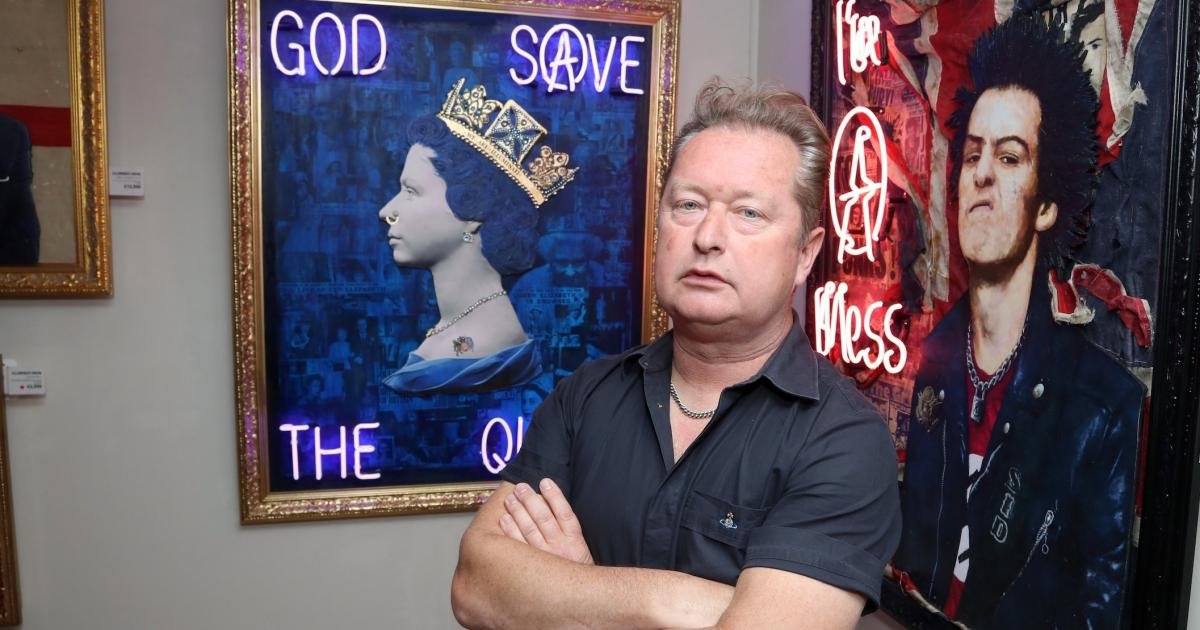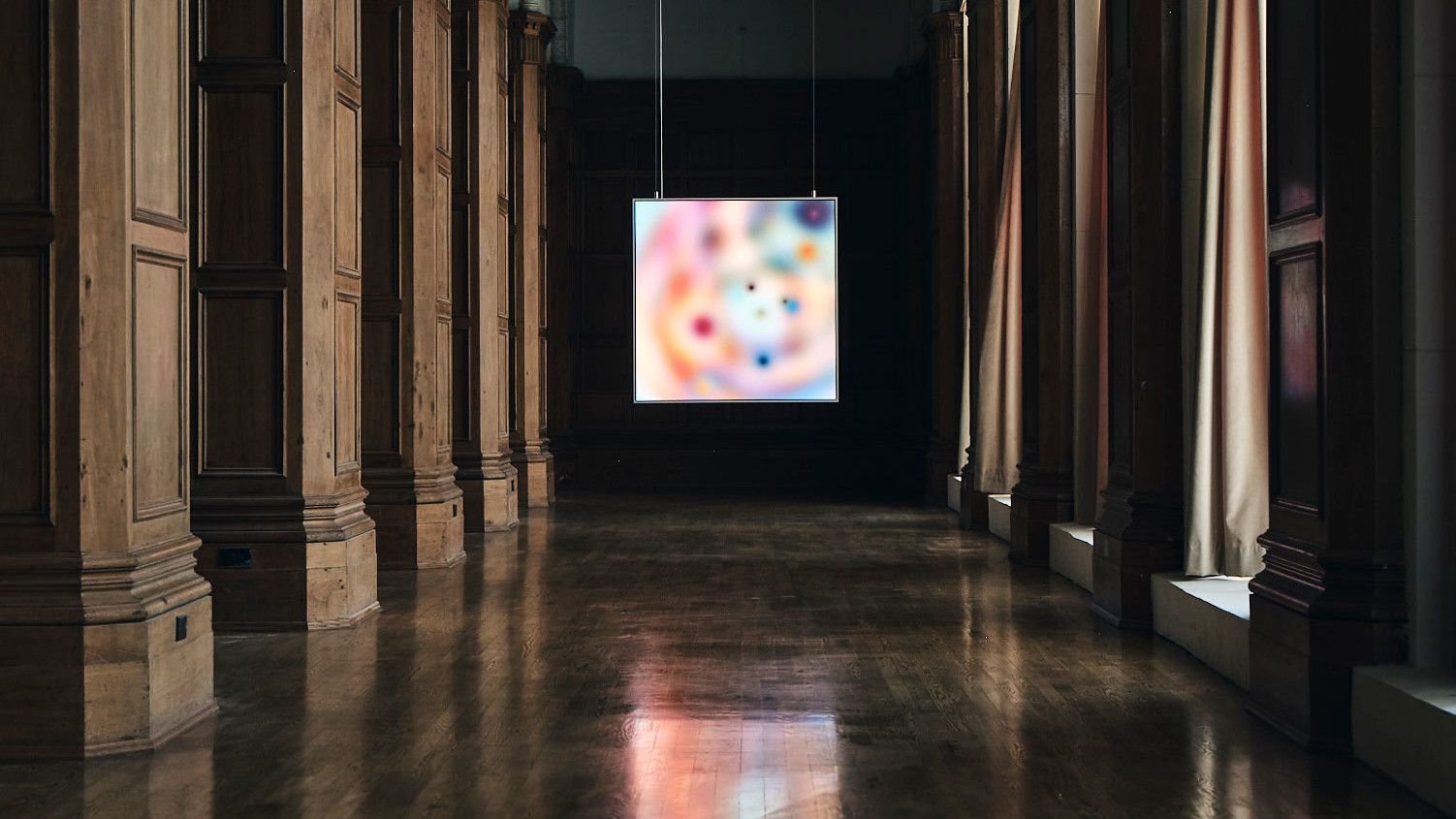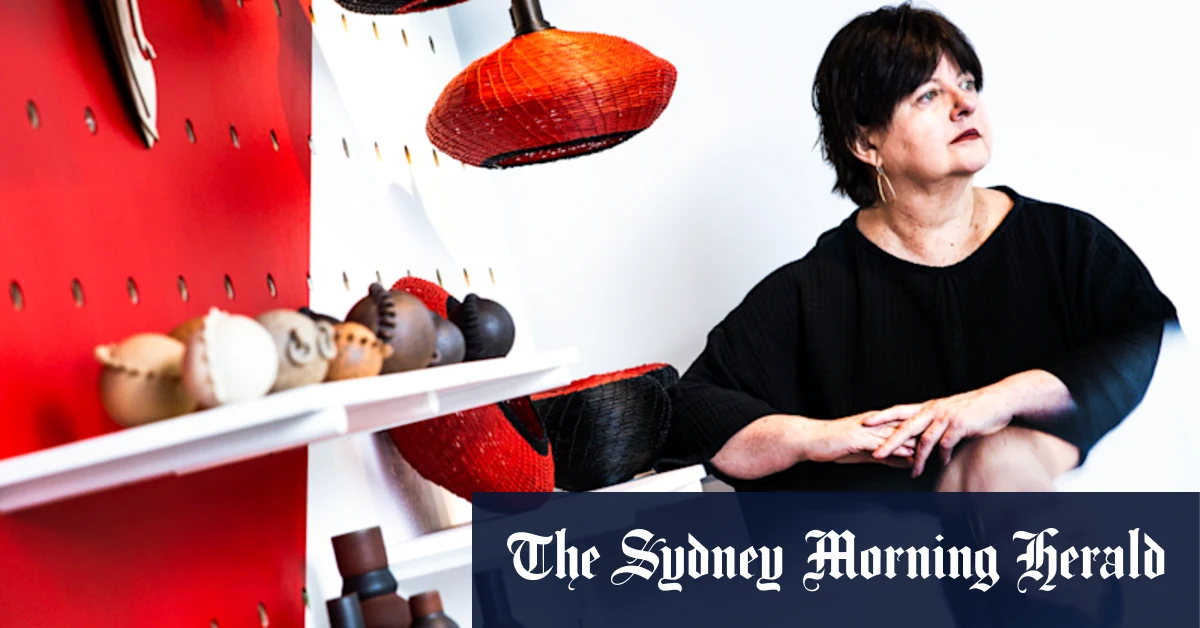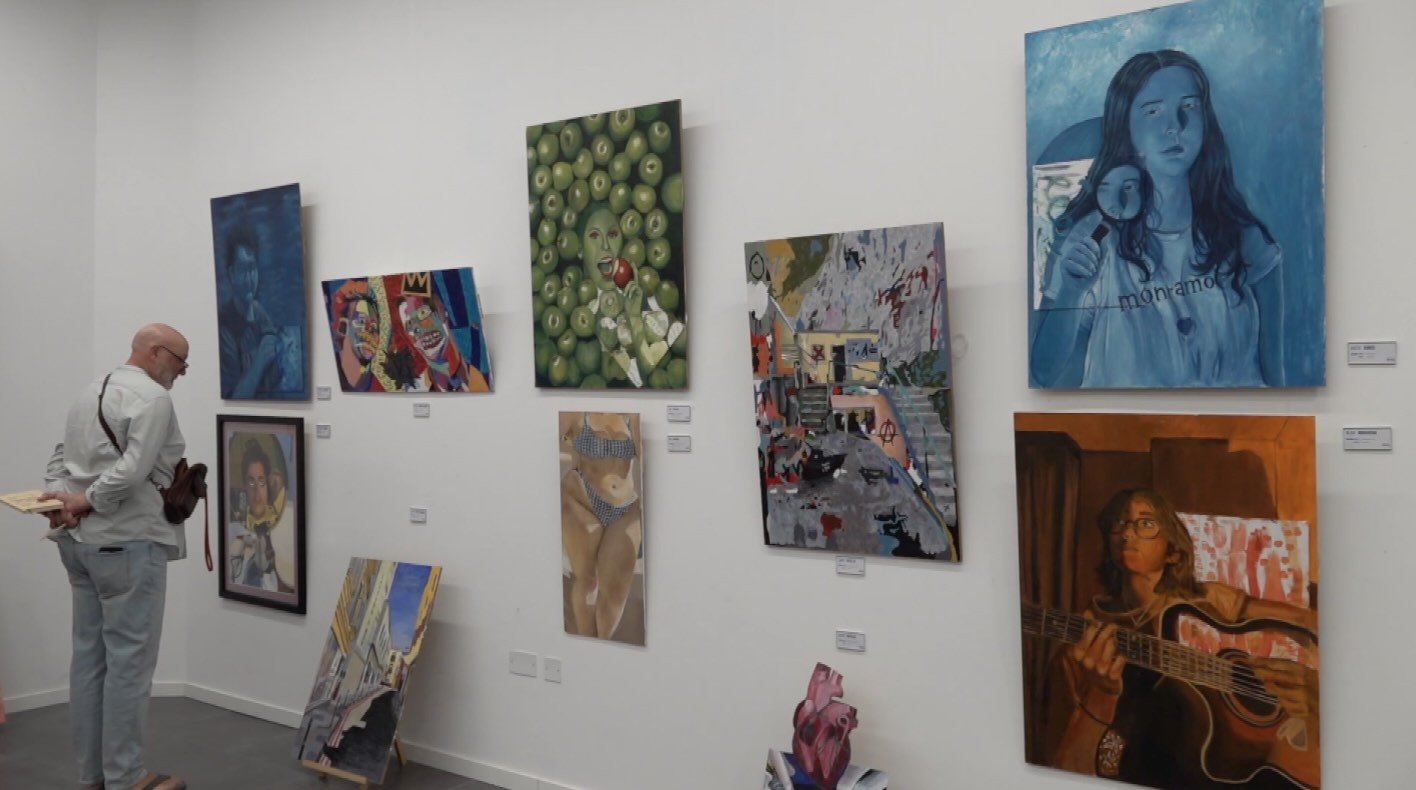Sealed for 50 years after her death in 1954, the bathroom and wardrobes at La Casa Azul (the Blue House), Frida Kahlo’s family home, now an art gallery, were finally opened in 2004 to reveal a treasure trove of artefacts: clothing pulled from trunks, still retaining the smell of perfume and cigarette smoke, the jewellery made from ancient Mayan or Mexican greenstone seen in many of her self-portraits, along with shelves of medications on which she relied to manage her chronic pain.
Make-up, so important in the identity she carefully cultivated, such as Revlon lipsticks, Ebony eye pencils and rouge, were also found. As well as personal objects, there were many thousands of photographs and documents, helping to flesh out the persona of the artist beyond the limited version we have come to know through popular culture.
Drawing from this extensive collection of objects, Frida Kahlo: In her own image, currently showing at Bendigo Regional Art Gallery, an hour and 40 minutes drive north of Melbourne, is supported by technology such as digital reproductions, as well as original drawings, paintings and photographs. Working with an impressive international team, Lauren Ellis, Curatorial Manager at Bendigo Art Gallery has enabled the realisation of the exhibition’s Australian arm.
Large, open gallery spaces allow easy access to displays that explore the themes of bodily identity intersecting with cultural and political influences, which are often presented through the eyes of others in the exhibition. Kahlo’s tumultuous relationship with her husband Diego Rivera – always close to the surface of her creative expression – looms large.
Small spaces off larger rooms enable an intimate look at some of Kahlo’s more personal items such as medications, make-up and corsets, some of which she painted and embellished.
The exhibition opens with a look at the cultural context of the times: a digitised segment from the unfinished 35-millimetre film Qué viva México! 1930-32 by the great Russian filmmaker, Sergei Eisenstein, depicts the culture and traditions of the Isthmus women of Tehuantepec wearing the traditional resplandor headdress. This is echoed in Kahlo’s Self-Portrait, 1943, also known as Self-Portrait as a Tehuana and Diego on My Mind (digital reproduction), in which she depicts herself wearing this traditional kind of head adornment. Diego, like the third eye, sits in the centre of her forehead reflecting Kahlo’s ongoing exploration of gender duality in her work.
Adopting a hybrid version of Tehuana attire after her marriage to Diego was a symbol of her growing nationalism post revolution and affiliations with the Communist party. But it was also a careful creation of an identity. Brightly coloured and patterned clothing and headdresses, along with indigenous style jewellery, formed an iconic image in many of her self-portraits and photographs.
The photographic eye was important to Kahlo and this can be seen in photographs such as Julien Levy’s Frida Kahlo (1938) (three strips of contact prints, digital reproduction), which show Kahlo dressing, the top half of her body naked. Looking directly into the camera, she arranges her hair and clothing, a self-consciousness of being both artist and model.
Nickolas Muray’s Frida Kahlo with Granzio (1939) and Frida on White Bench, New York (1939, reprinted 2025) capture the exotic Frida Kahlo as depicted in many of her self-portraits.
Two mannequins holding hands sit at the entrance to a large room of display cabinets – one dons a more sombre outfit of European influence, while the other is in attire of native Mexican colour and patterning. The notion of duality is once again touched upon in the many Fridas that are explored throughout the exhibition. Mannequins fill the room, displaying a range of the wonderfully layered and patterned outfits that Kahlo wore. Some bear the stains, cigarette burns and fading colour of a lived-in piece of clothing.
In contrast to the gaiety of many of the outfits, the fashion show finishes with the huipil (tunic) from a Mexican mountain village – a white, unembellished handwoven cloth with a long, draped tassel. Self-Portrait, with the Portrait of Doctor Farill (1951, digital reproduction), accompanying the mannequin, shows Kahlo in this garment, as it was loose and comfortable when seated in her wheelchair. She was also dressed in this on her deathbed.
Kahlo’s physical afflictions dominated her work. Polio as a child left her with a limp and later injuries from the terrible bus accident left her with life-long spinal problems and in constant pain. Many of her paintings explore this struggle with her physicality.
The painting Henry Ford Hospital (1932, digital reproduction) represents the traumatic experience of miscarriage and her ‘broken body’ unable to carry new life. Disregarding social taboos, Kahlo depicts herself naked and twisted on a bloody hospital bed, surrounded by bodily organs and her lost foetus hovering around her.
In contrast, Untitled (still life with parrot and fruit) (1951, oil on canvas original) exudes a gentle joy. From an artist who was often bedbound at home, it is one of many of the genre and symbolises both her sense of nationalism and the exotic. The fruits represent Mexico as a land of colour and fertility, and the bird a creature from her home sanctuary, while the gentle light playing across the slightly translucent layering of the watermelon centrepiece, surrounded by the lushness of other fruit, hints at the erotic.
Near the end of the exhibition Self-portrait with Thorn Necklace and Hummingbird (1940, oil on canvas original) captures a full-frontal Frida, unlike many of her three-quarter views. It depicts a monkey on one shoulder and a cat on the other. She wears the simple huipil, a briar of thistles covering her upper body, while a hummingbird hangs from its centre. This is one of a series of self-portraits in which she emulates Christ and his followers. The thorns represent Christ’s crown of thorns on his deathbed, while the two white pins shaped like butterflies adorning her hair decoration represent the eternal soul or resurrection, in both Aztec and Christian iconography. The exhibition ends with the dual Frida transitioning from one state to another.
Read: Exhibition review: Floribunda, Bunjil Place
This is a fascinating, intelligent and carefully curated exhibition that brings a fuller version of Kahlo to life. It’s supported by a range of media such as information panels and text labels, including some labels for children, an auditory backdrop along with digital displays and a beautifully produced catalogue.
Frida Kahlo: In her own image will be exhibited at Bendigo Art Gallery until 13 July 2025.







